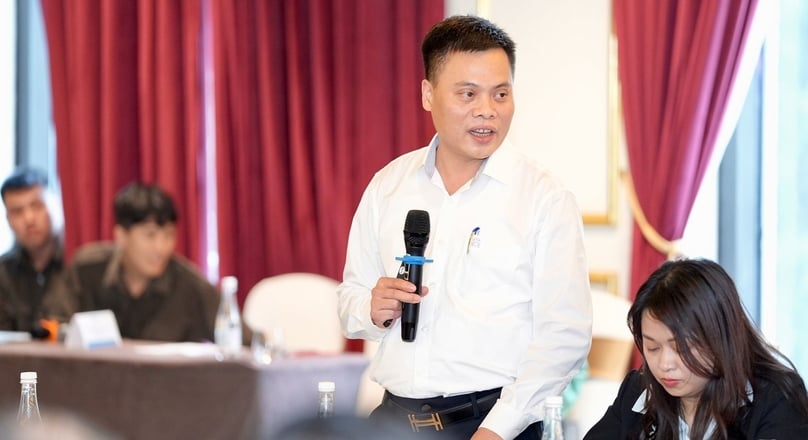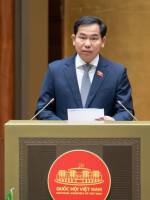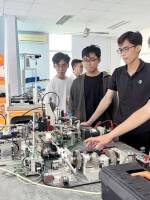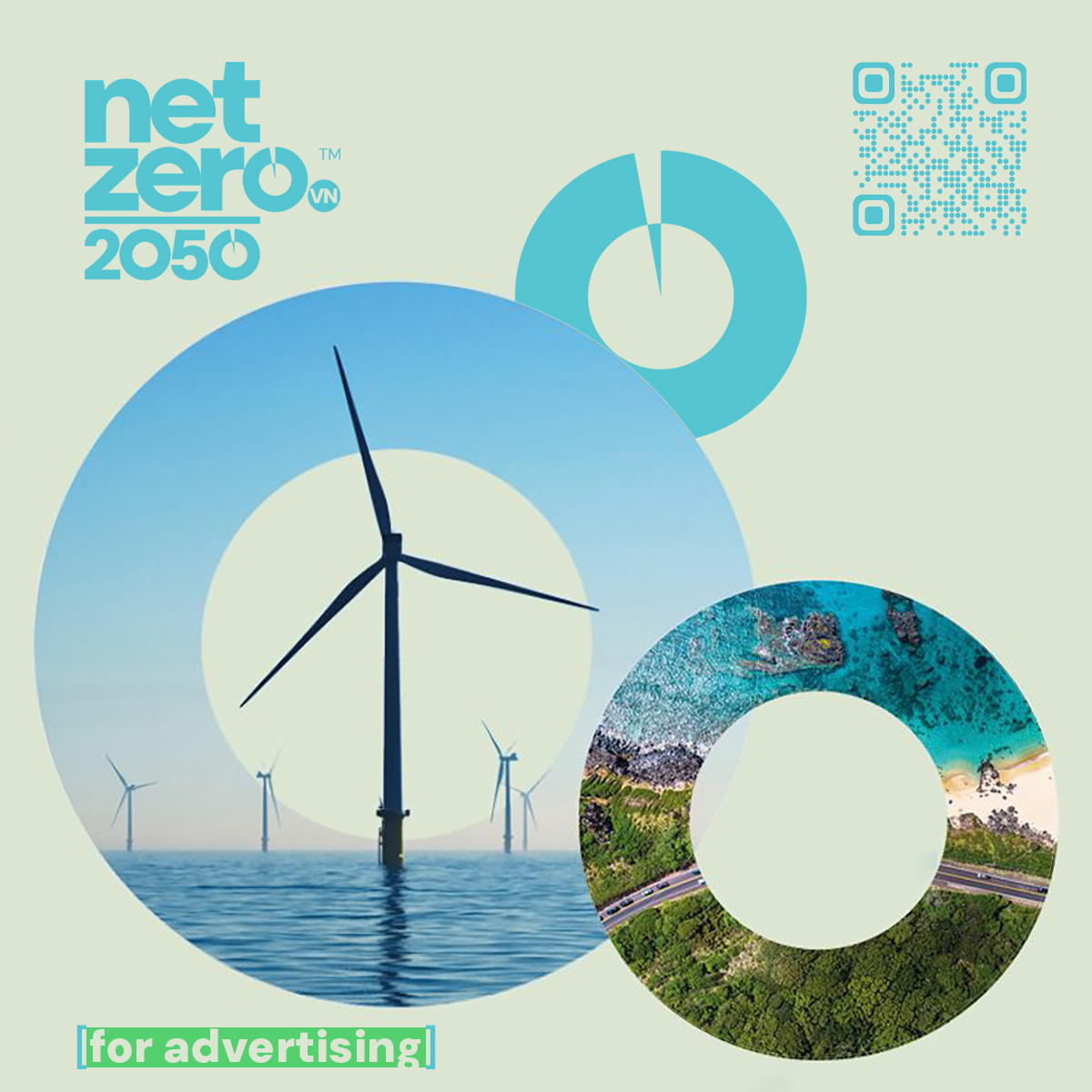
Vietnam’s primary energy mix remains heavily skewed toward fossil fuels. In the first half of 2024, coal-fueled power made up about 56.9% of total electricity generation, followed by hydropower (18.9%), gas (8.6%), renewables (solar and wind) (13.7%), and imports (1.7%), state utility EVN data shows.
Vietnam’s high reliance on fossil fuels exposes the country to dual risks: vulnerability to global energy price volatility and growing pressure to cut emissions in line with its net-zero 2050 pledge made at COP26.
According to the Vietnam Energy Outlook 2024, the country will need to invest an additional $8-10 billion annually in renewables and storage infrastructure/technology to stay on track – a major financial challenge.
In that context, the Politburo’s Resolution No. 70-NQ/TW dated August 20, 2025 on “Ensuring national energy security by 2030, with a vision to 2045” clearly defined the strategic orientation: “Energy development must be associated with green transformation, innovation and circular economy, ensuring national energy security and implementing the net zero 2050 commitment”.
The spirit of Resolution No. 70 focuses on four key objectives: developing a modern, sustainable and smart energy system; increasing the share of renewables to about 30% of total energy supply by 2030 and 40-50% by 2045; cutting greenhouse gas emissions by 10% by 2030 and 20% by 2045; and achieving carbon neutrality by 2050, while fostering a green, circular economy and promoting technological innovation.
To achieve those targets, Vietnam faces three major challenges: rapidly rising power demand amid limited stable supply, putting heavy pressure on new investments; dependence on coal and gas, which heightens import risks, emissions and sustainability concerns; weak storage and transmission capacity, causing grid congestion and renewable curtailment.
In addition, issues related to science-technology, skilled workforce, and green finance remain obstacles. Core technologies such as battery storage, green hydrogen, and AI-based energy management are still in early stages, while mechanisms for green bonds, green funds and sustainable investment are nascent. About 80% of renewable energy equipment is imported, reflecting limited domestic manufacturing and R&D capabilities.
Given this, Vietnam must pursue a fast but sustainable energy transition, built on science-technology, innovation, and international cooperation, to turn potential into reality, ensure energy security through 2045, and meet the net zero 2050 goal.
Key solutions to accelerate Vietnam’s energy transition
Strengthen private sector and FDI participation
Encourage blended finance models where private corporations co-invest with the state in major energy infrastructure. Orient next-generation FDI toward core technologies that include not only installation but also knowledge transfer and R&D in Vietnam.
Advance science-technology and innovation
Science-technology and innovation determine the speed, quality, and sustainability of energy transition. To avoid overreliance on imported technologies, Vietnam must focus on three pillars: research, application, and commercialization.
Establish national innovation centers and laboratories
Set up a Vietnam Energy Innovation Hub (VIEC-Innovation Hub) in Hanoi, Danang, and Ho Chi Minh City, jointly managed by the Ministry of Science and Technology, the Ministry of Industry and Trade, the Hanoi National University, and the Hanoi University of Science and Technology.
This hub would connect research institutes, universities, enterprises and localities; provide pilot testing facilities; and incubate green energy startups and spin-offs.
Promote commercialization, startup and localization of technology
Encourage the creation of green energy incubators in universities and research institutes, supported by a green venture capital fund. Adopt a tax incentive allowing companies to deduct 150% of R&D expenses, similar to Australia’s R&D Tax Offset model.
Develop local supply chains for core technologies such as solid-state batteries, fuel cells, electrolyzers, CO2 storage systems, inverters, turbines, and advanced materials. Introduce a minimum 40% local-content requirement for wind and solar projects starting 2027.
To achieve mentioned-above targets, it is necessary to soon develop and deploy a number of key solutions: issue a National Strategy on Science-Technology and Green Energy Innovation for the period 2026-2040; establish the Vietnam Green Energy Innovation Fund, create a public-private co-financing mechanism; increase R&D investment in energy to at least 1% of GDP by 2030; include the criteria “finance-technology-emissions” in approving energy projects; establish a coordination mechanism among state-enterprises-universities-international investors, create a companion network in green energy transformation.
Vietnam should enact a new Law on Green Energy and Energy Efficiency, integrating mechanisms for competitive electricity markets, direct power purchase agreements (DPPA), carbon trading, and energy storage.
The law must clearly define “green energy projects” for consistency across ministries – Industry and Trade, Finance, and Natural Resources and Environment. The Power Development Plan VIII (revised 2024) should be updated every 3-5 years to reflect new realities and allow flexible adjustments.
A National Energy Transition Council – modeled on the UK’s Energy Transition Council – should be established to coordinate planning, investment, and incentive policies.
Mobilize green finance and sustainable investment
Create a National Green Energy Investment Fund, co-financed by the state budget, international financial institutions (ADB, JICA, WB, EIB), and the private sector. This fund would prioritize hydrogen, storage, offshore wind, and coal-to-clean-fuel transition projects.
Expand green bonds, green PPPs, and commercial green loans. The State Bank of Vietnam should issue a unified taxonomy of “green projects” to guide preferential lending – targeting renewable energy loan rates of 5-6% per year, comparable to Thailand and Malaysia.
Dang Tran Tho (*)




